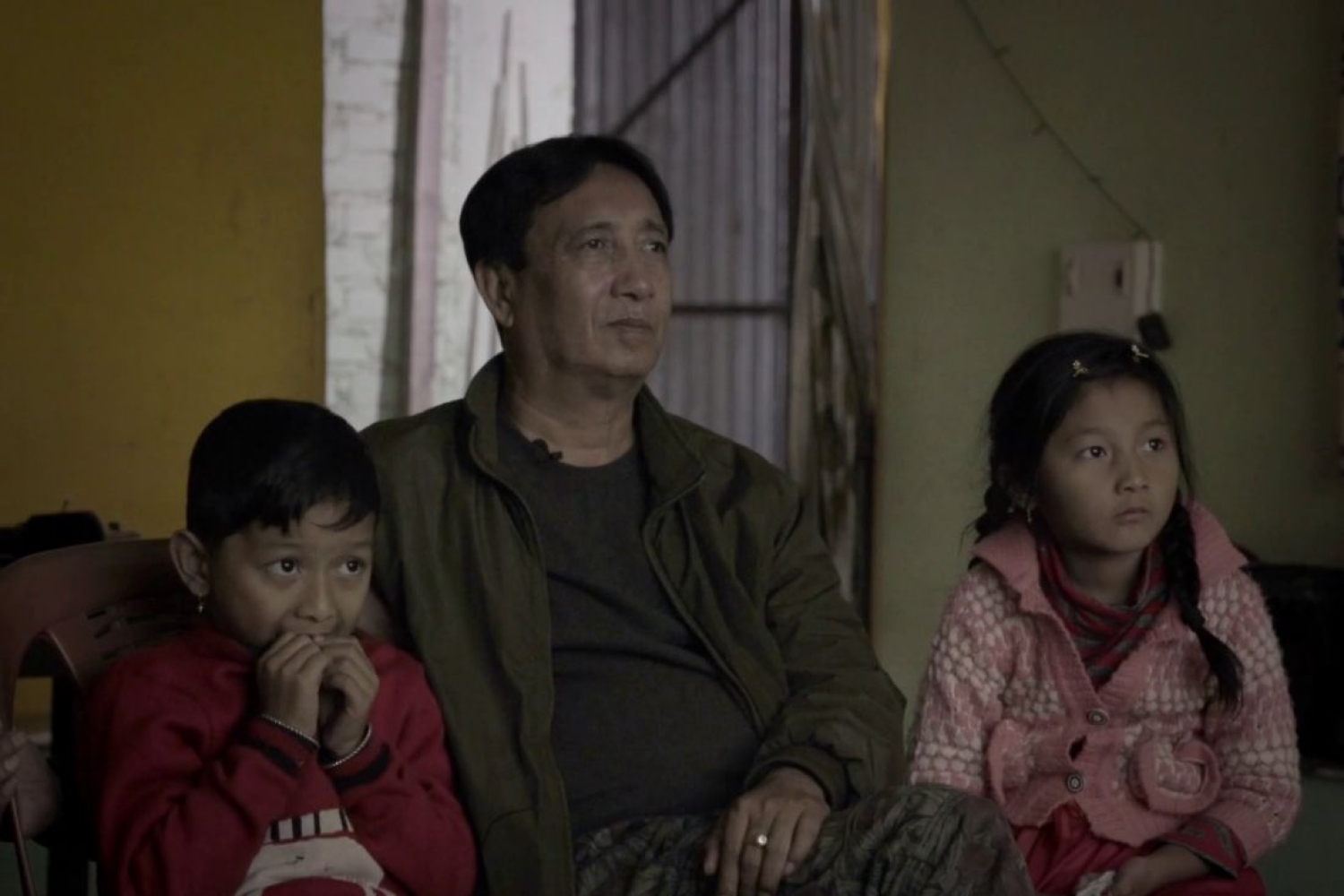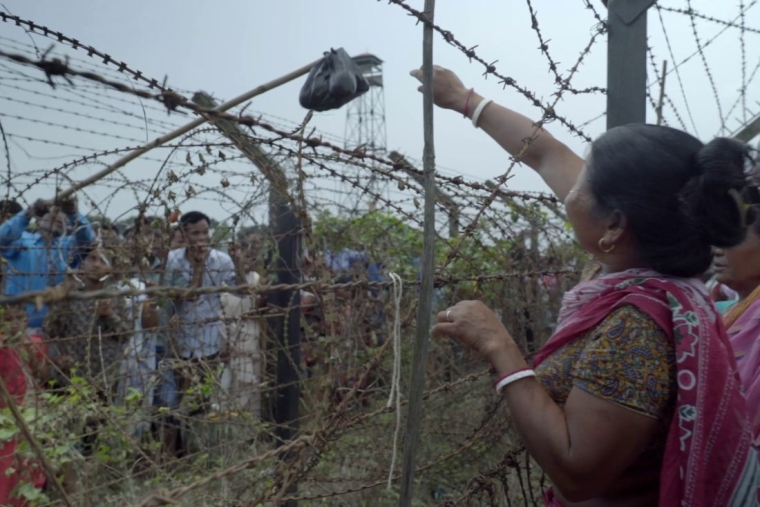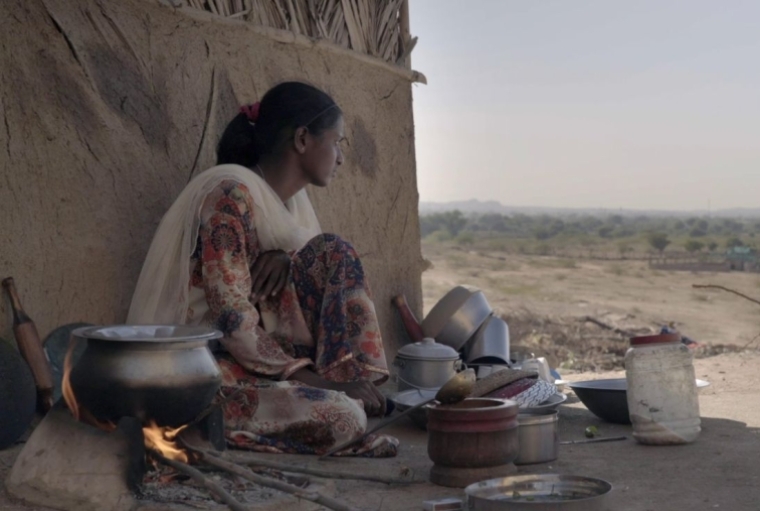

Borderlands tells the stories of six people navigating their life around the personal and national borders. The 65-minute long documentary explores shifts in identity when one crosses the border. Narrativising stories from different borders of India including, Pakistan, Bangladesh, Myanmar and Nepal, director Samarth Mahajan with his team paints a wholesome picture of the people at the borders of sub-continent. After being highlighted on the recently held MAMI film festival, the movie is available for everyone to watch on YouTube. We converse with the filmmaker on the origins of the documentary, the characters and the challenges of making it.
Why did you choose to explore the stories of people at borders?
One of the main reasons was that at a certain point, I became aware that I am one of those people. Even though, I practically left my hometown around the age of 17, my family stayed back. In 2015, one of the price stations in Dinanagar was attacked and it was a very serious thing for me. But my mother had a very different kind of response. My mother was actually excited about Dinanagar being on national TV for the first time. Somehow, she felt very acknowledged that day.
The whole conversation was so different from what was running on TV because on TV it was just the attack. But when I was talking to my mother, she was giving me a very different kind of a perspective. Otherwise, the public have no image of how do people live there. They are invisibilized. It gave me a personal motivation to approach the topic as a filmmaker.
Documentary makers often make it a point to be distanced from the subject but you interact with them, was it a conscious choice?
It was conscious choice. In fact, I don't even call them subjects. I tell all my teammates to call them characters, because you are not a scientist or an anthropologist, who's going to study something. You are there to learn something with people. You are there to discover something. And I love participation. It is something where I am personally inspired by how a lot of Iranian filmmakers make their non-fiction or hybrid films, say Mohsen Makhmalbaf or Abbas Kiarostami or even Jafar Panahi. For me, it doesn't work because I feel there's a lot of pretension in making the audience feel that the crew was not there. The crew was obviously there. There was obviously a layer of interaction between the people in front of the camera and behind the camera. Also, being a very talkative, extroverted person, I find it difficult to distance myself from what is happening in front of the camera. It's a much more personal subjective process that way.

How did you manage to reach out to these people and make them comfortable with the camera?
There are three kinds of characters in the film. One is my mother. Second, the people who we reached out to through not-for-profits. We actually read something online and we figured out a not for profit and they introduced us to the people. And the third is someone like Dhauli, where we had to literally create a network of BSF soldiers, journalists to figure out a potential character for a story.
For example, with Dhauli, I think we had two data points initially. I read a paper by author Sahana Ghosh. It was about Bangladeshi women who married Indians and then came to India before the fence came up. These were all women stories who were separated from their families because the fence doesn't allow them to go back.
The second thing that happened was we were in Delhi trying to get permissions to shoot on the borders and we never got the permissions but we met an IG and that IG told us that you know if you're making a film about borders you should capture this event Milan Bazar, the event where Dhauli goes and meets her family. This is an event which BSF and Bangladesh Guards of Border (BGB) collaborate so that people can meet their families on the Bengali New Year. Then in those districts, we found out journalists who were writing in regional newspapers, in English newspapers. And through them, we met a lot of Sarpanchas. And we actually visited about 10 villages and met a lot of people shot with a lot of other women also.
What were the other major challenges that you faced while making the documentary?
Language was a major challenge because I speak only Punjabi, Hindi and English. And my crew mostly spoke Hindi and English. We had to figure out a way where we were going, we recruited direction associates. We recruited people who understood our project and who understood what I wanted from a particular story, and who could then build their own relationships and interview people. I did not want translators. I didn’t want the whole emotion of our conversations to be mechanical. So, instead I chose to work with people who knew the languages. This is just one of many challenges.

Tell me how you chose these people. What were you looking for in the stories that you wanted to tell?
I think there were three filtrations. One was on online research level, offline research level, and then the edit. On the online research level, we divided the shoot into four parts. We went to borders of Pakistan, Bangladesh, Nepal, and Manipur.
What we were looking for was stories which were not out there in the mainstream and which would really challenge this monolithic image of a border—that a border is all about the military and the terrorists and men. We were fighting a very hyper masculine image of borders. We wanted to look at softer aspects. We were looking at human stories, so we had to necessarily figure out personal angles to stories. For example, with Deepa's story, our initial intention was to humanize Pakistani Hindus, because as an identity, they've become so politicized.
She says in the film that she studied in Sindhi and Urdu throughout her life and she is someone who's aspiring for an academic career. For her, the biggest challenge was that she had to learn Hindi in one year. So we found that very interesting because language became a very interesting soft way of looking at borders. We shot with three, four people, but her story just stood out.
With Kavita, who's the Nepali girl who's on the border. We had one more possible character on the edit table which we could have worked with. But if you talk about the logic of keeping these stories, one of the logics became that the stories should not just be about an external border, there should also be an internal border as well. When I say internal border, it means does the story say something about sexuality, gender, class, ability, nationality—any of those things? Kavita's personal struggle with disability or polio allowed us to say so much more.
Even with Noor's story, we had an option. We had shot 19 stories but we figured that the only stories which are making sense are about people who are not giving up or who are doing something, who are very proactive in chasing their dreams or vocalizing the problems they have and still manage to move on. It was always those kind of stories which worked and that's why these six characters finally stayed in the film.
Since you were so much involved with these characters, did their stories change you in some way?
Listening to all these stories humbled me. I think when I saw how they are dealing with their situations, it gave me a lot of courage to one go through the period of pandemic and figure out that giving up is probably the easier thing to do. The more difficult thing to do is to move on and figure out reasons to live and smile. It taught me that no matter what happens, people do figure out a reason to stay happy.
Even in the most screwed up situations, people will celebrate something. It was a very powerful thing that stayed with me. I think Noor's story had a profound impact on me because if you look at Noor's story, she was someone who was trafficked to another country. The repatriation process is so complex that she's stuck in a shelter home awaiting for years. It's like a glorified jail, right? In spite of all that, she ends up exploring her sexuality and finding love. That is very touching and inspiring to me.
My relationship with my mother changed a lot. I text her much more and we talk on call. My mother's relationship with the whole family has changed and her relationship with herself has changed. Homemakers are somehow trained to not think about themselves. They think about everyone else and they think about the idea of sacrifice. So, they often lose a sense of self. My mother told me that she wanted to be an actress at some point and I fulfilled her dream. There's an acknowledgement of her story. We've become closer because I think in a very twisted way, she's become more important to me as a character than just as my mother. That's a very complicated thing to process.
Words Paridhi Badgotri
Date 21.11.2023